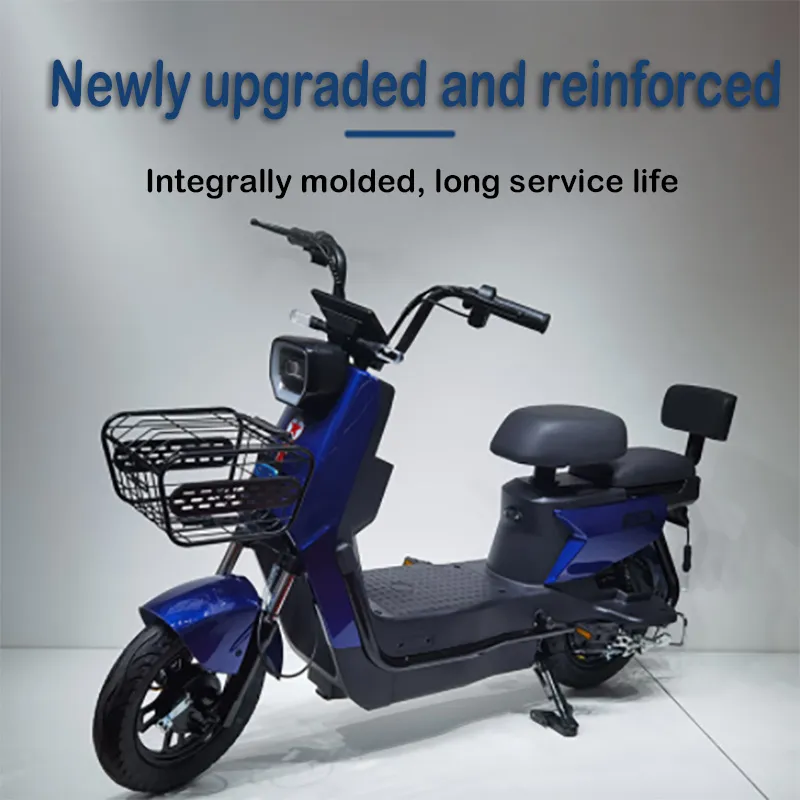
- Afrikaans
- Albanian
- Amharic
- Arabic
- Armenian
- Azerbaijani
- Basque
- Belarusian
- Bengali
- Bosnian
- Bulgarian
- Catalan
- Cebuano
- Corsican
- Croatian
- Czech
- Danish
- Dutch
- English
- Esperanto
- Estonian
- Finnish
- French
- Frisian
- Galician
- Georgian
- German
- Greek
- Gujarati
- Haitian Creole
- hausa
- hawaiian
- Hebrew
- Hindi
- Miao
- Hungarian
- Icelandic
- igbo
- Indonesian
- irish
- Italian
- Japanese
- Javanese
- Kannada
- kazakh
- Khmer
- Rwandese
- Korean
- Kurdish
- Kyrgyz
- Lao
- Latin
- Latvian
- Lithuanian
- Luxembourgish
- Macedonian
- Malgashi
- Malay
- Malayalam
- Maltese
- Maori
- Marathi
- Mongolian
- Myanmar
- Nepali
- Norwegian
- Norwegian
- Occitan
- Pashto
- Persian
- Polish
- Portuguese
- Punjabi
- Romanian
- Russian
- Samoan
- Scottish Gaelic
- Serbian
- Sesotho
- Shona
- Sindhi
- Sinhala
- Slovak
- Slovenian
- Somali
- Spanish
- Sundanese
- Swahili
- Swedish
- Tagalog
- Tajik
- Tamil
- Tatar
- Telugu
- Thai
- Turkish
- Turkmen
- Ukrainian
- Urdu
- Uighur
- Uzbek
- Vietnamese
- Welsh
- Bantu
- Yiddish
- Yoruba
- Zulu
Nov . 14, 2024 20:59 Back to list
two wheel balance car
The Evolution and Impact of Two-Wheel Balancing Cars
The concept of two-wheel balancing cars, often referred to as two-wheeled vehicles or balance bikes, has intrigued both engineers and enthusiasts alike. These innovative vehicles have made significant strides in the automotive and transportation sectors, showcasing the fusion of technology and design in the pursuit of efficient mobility.
One of the most iconic examples of a two-wheel balancing vehicle is the renowned Segway, introduced in the early 2000s. This self-balancing personal transporter caught the world’s attention with its sleek design and the promise of revolutionizing urban mobility. The Segway utilizes advanced gyroscopic sensors and accelerometers to maintain balance, allowing users to lean forward or backward to control their movement. This innovative technology has paved the way for various applications, from personal transport in crowded cities to law enforcement and tourism.
The Evolution and Impact of Two-Wheel Balancing Cars
Environmental concerns also play a crucial role in the development of two-wheel balancing cars. As cities become increasingly congested and pollution levels rise, there is a growing demand for eco-friendly transportation alternatives. Electric-powered balance vehicles are emerging as a practical solution, utilizing rechargeable batteries to reduce carbon footprints. These vehicles not only minimize air pollution but also promote a more sustainable lifestyle, encouraging people to opt for greener transportation options.
two wheel balance car

The rise of micro-mobility solutions has given two-wheel balancing cars a distinct advantage. With the growing popularity of bike-sharing programs and electric scooters, two-wheel vehicles have found a niche in urban areas, providing a convenient and cost-effective mode of transportation. Their compact size allows them to maneuver through tight spaces, easily navigating cities’ crowded streets and offering users the flexibility to avoid traffic jams.
Moreover, the social aspect of two-wheel balancing cars cannot be overlooked. They provide an opportunity for individuals to engage with their communities, promoting social interaction and encouraging outdoor activities. From guided city tours on Segways to group rides on balance bikes, these vehicles foster connections among users and promote an active lifestyle.
As technology continues to advance, the future of two-wheel balancing cars looks promising. With ongoing research in areas such as battery technology and renewable energy sources, we can expect even more efficient and capable vehicles that cater to diverse user needs. Additionally, as smart cities emerge, the role of two-wheel vehicles in urban planning will become increasingly significant, integrating with public transportation systems to create a seamless urban mobility experience.
In conclusion, two-wheel balancing cars represent a remarkable intersection of technology, sustainability, and urban mobility. From their inception to their current applications, these vehicles have evolved significantly, adapting to the needs of modern society. As we look to the future, the continued advancement of two-wheel balancing technology will undoubtedly play a pivotal role in shaping the way we move and interact with our environments, promoting a more sustainable and connected world.
-
The Ultimate Kids' Four-Wheeler Experience
NewsJul.09,2025
-
The Ultimate Guide to Mountain Bikes: Gear Up for Your Ride
NewsJul.09,2025
-
The New Age of Cycling: Electric Bikes for Every Rider
NewsJul.09,2025
-
The Best Kids Bicycles: Ride in Style and Safety
NewsJul.09,2025
-
The Best 3-Wheel Scooters for Kids: Fun, Safety, and Adventure
NewsJul.09,2025
-
Revolutionize Your Ride: Affordable Electric Bikes
NewsJul.09,2025
-
Finding the Perfect Mountain Bike for Every Rider
NewsJul.09,2025



